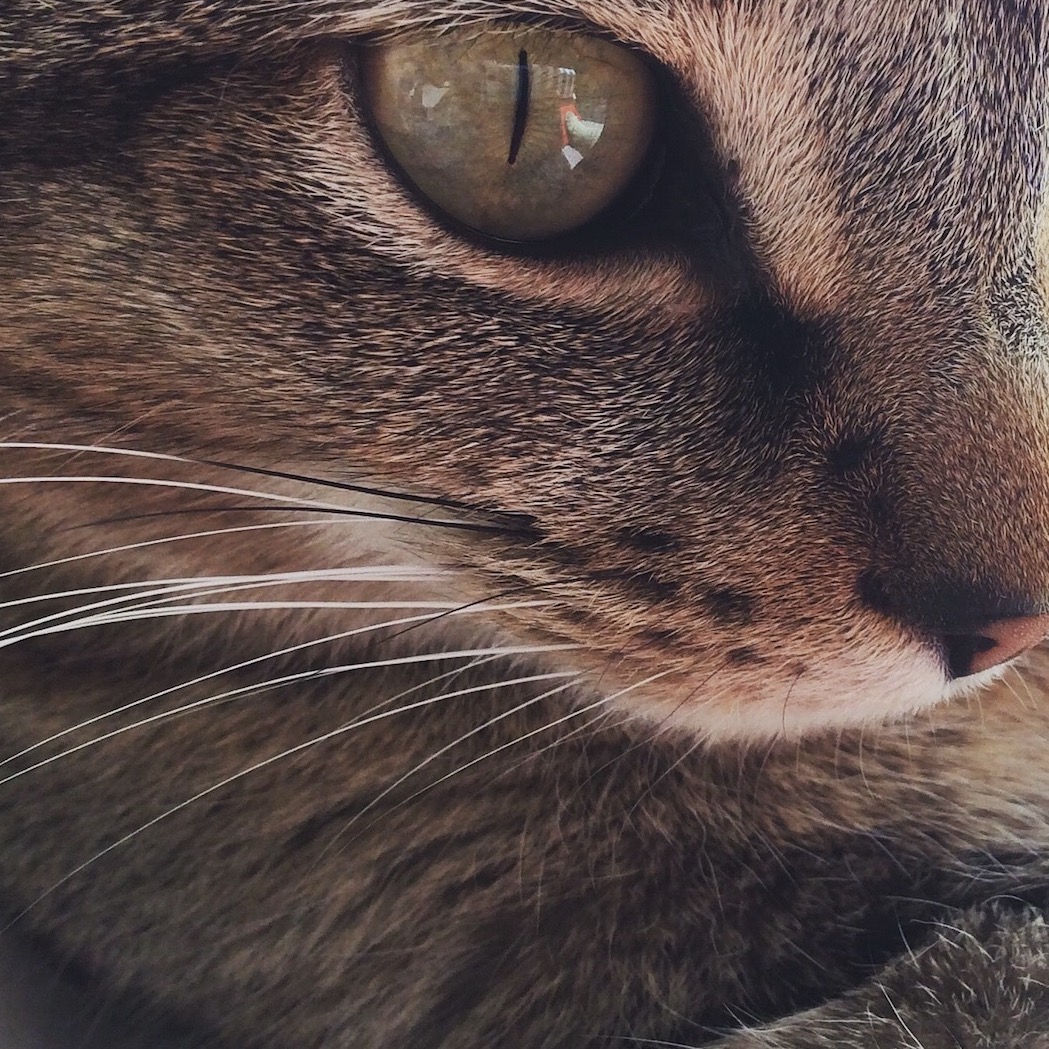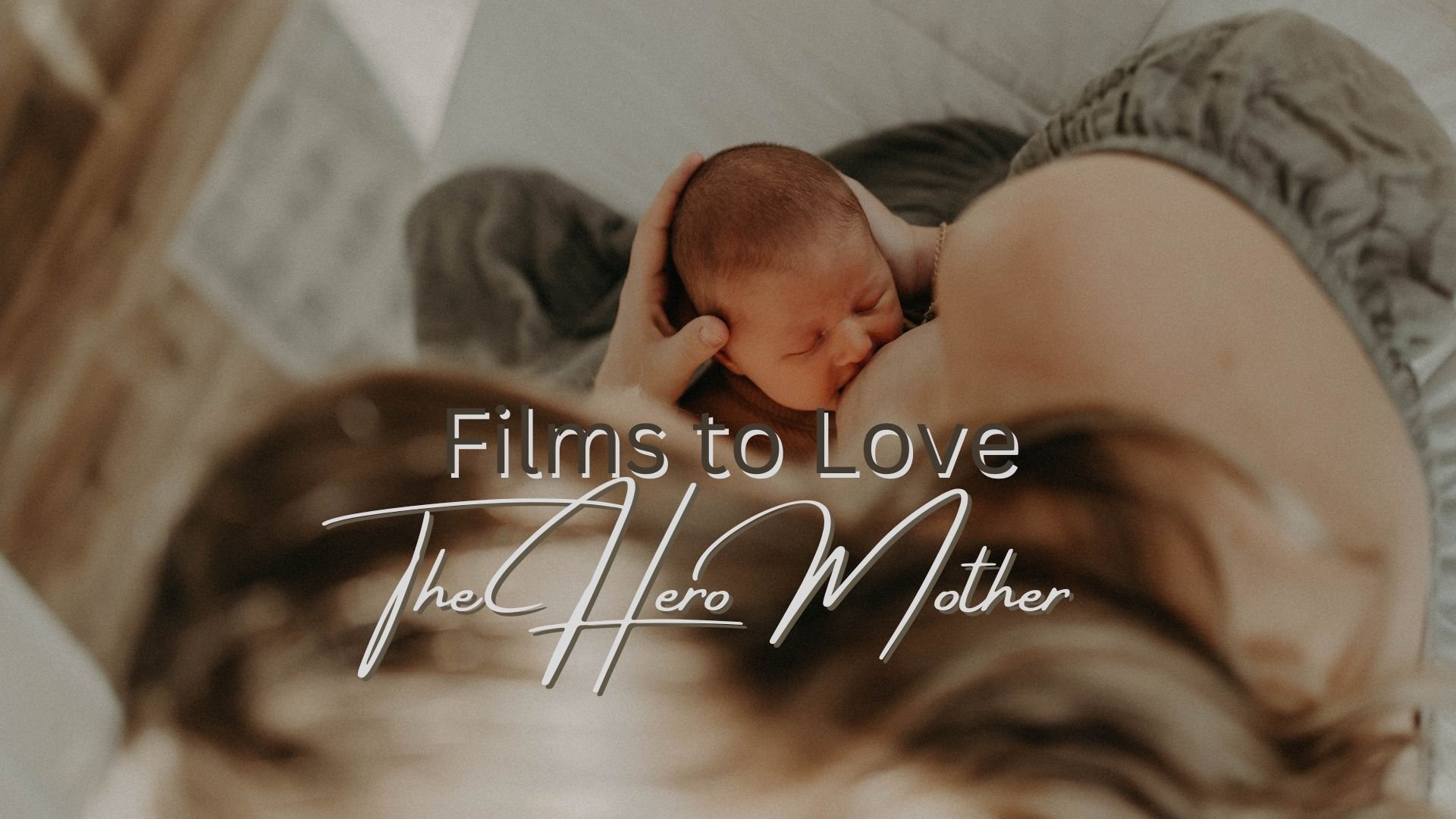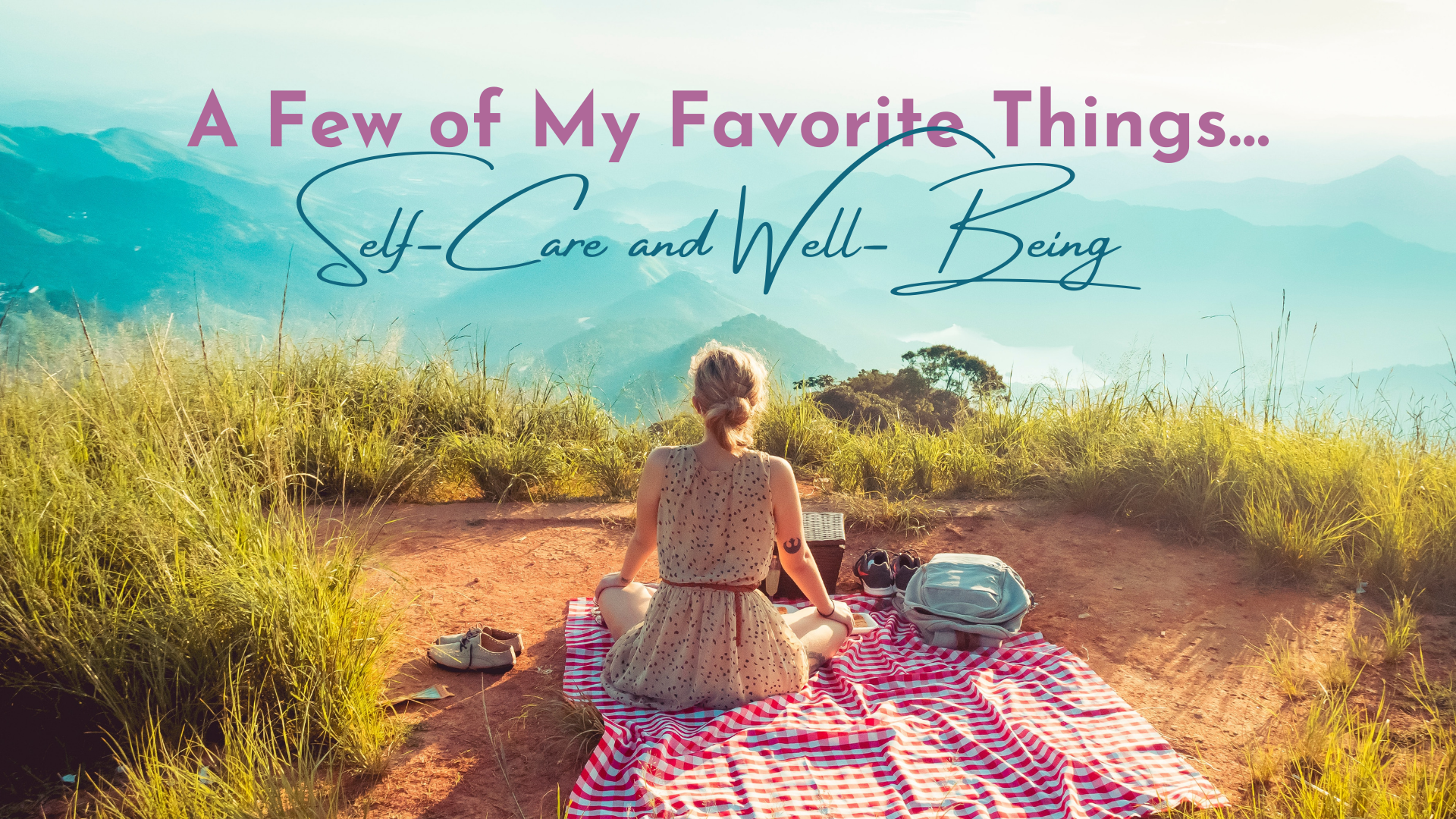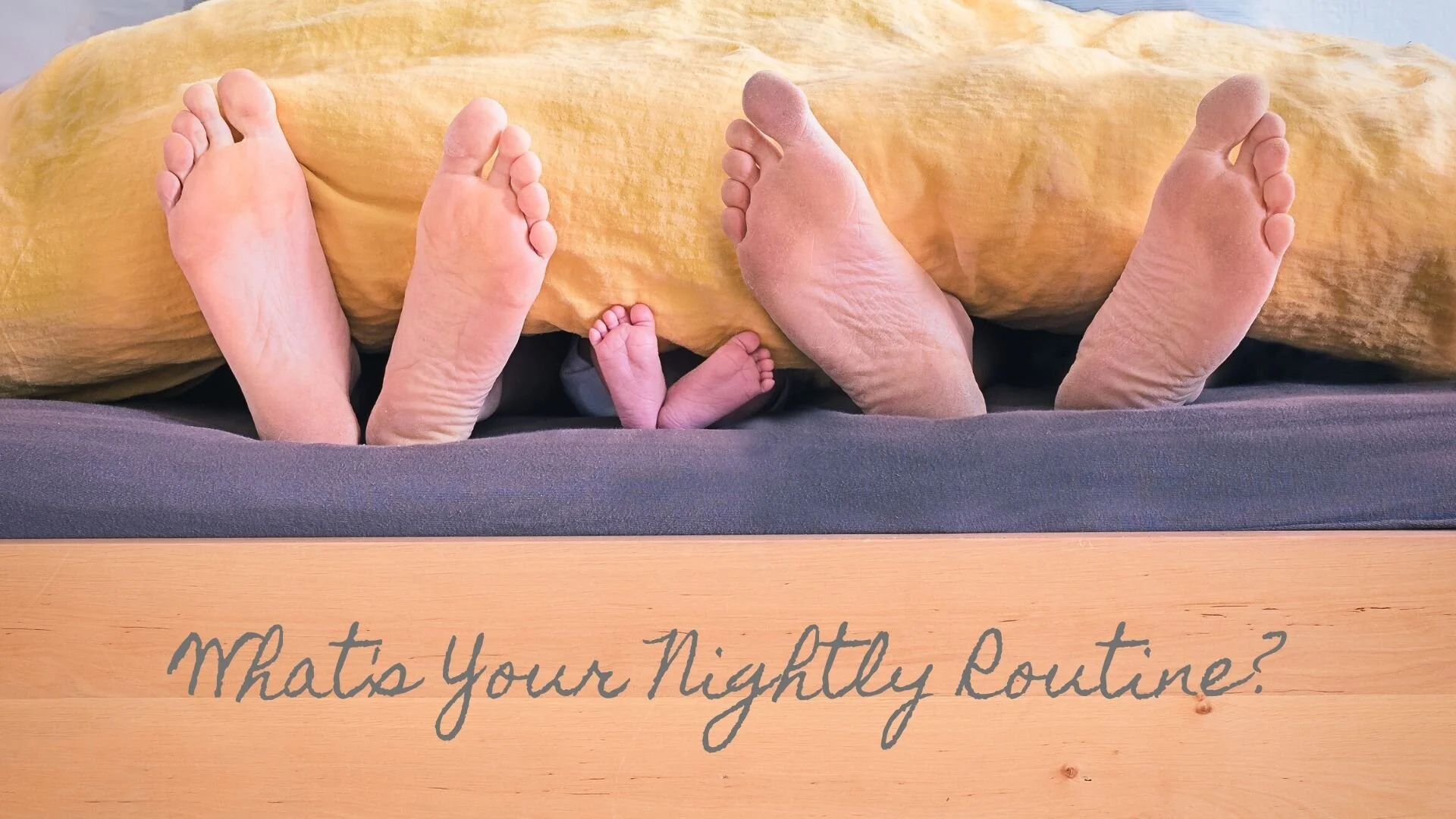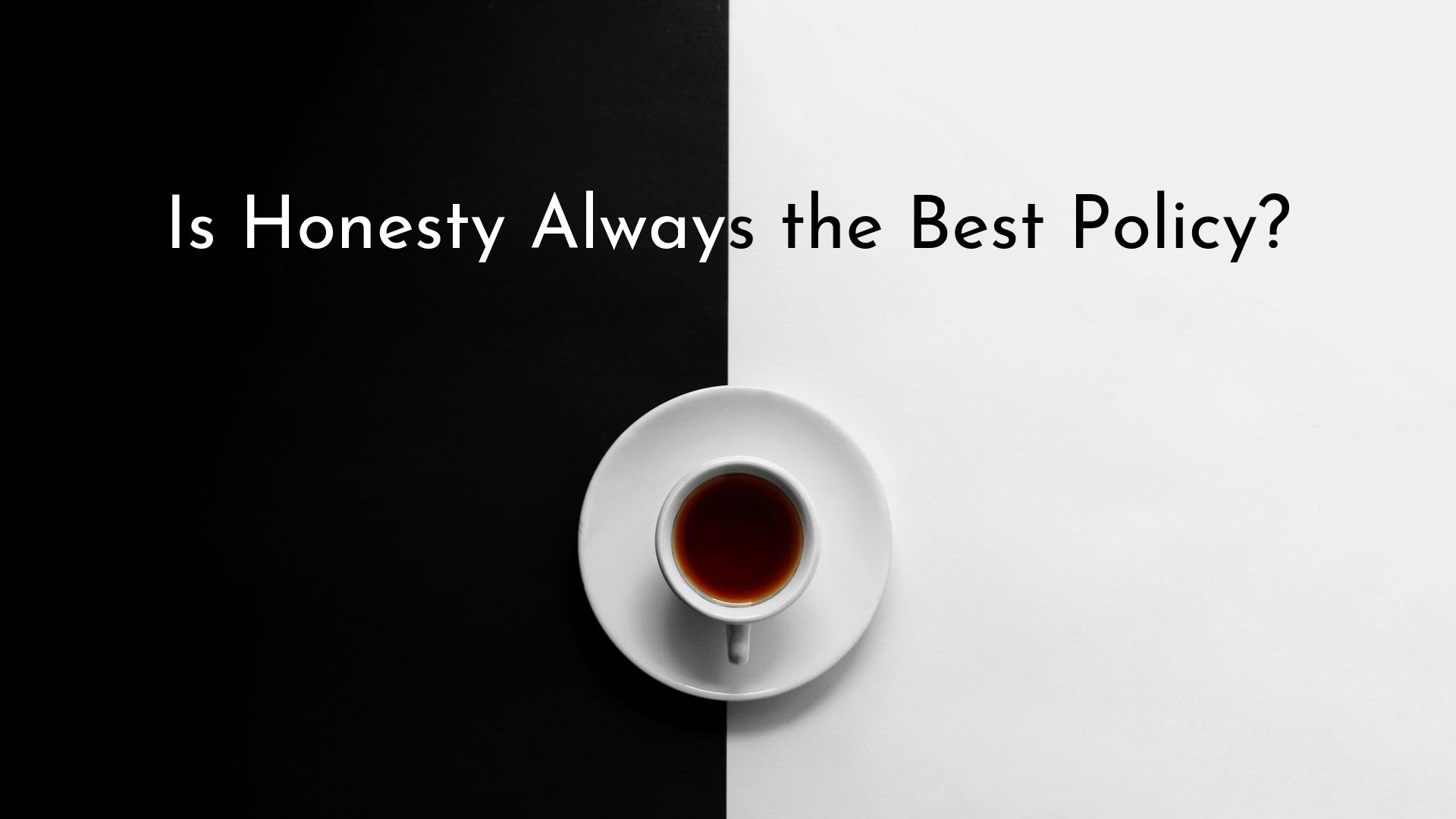Dance Me to the End
What happens when you create characters in your mind and sketch them out in a notebook completely devoted to them AND they are amateur dancers?
Well, if you’re like me, you end up for hours on end watching video after video of professional dancers pounding the parquet.
That’s what happened the other night when I was taking a break from my regularly scheduled writing to do some background research for a novel that has at least one more book ahead of it before it gets its first draft. In laymen’s terms, I was blissfully wasting time as only one can on YouTube.
The two characters I was researching you will actually meet in my first novel, but their story won’t develop for at least another book. I need the backdrops of their pasts laid out in the first two books before I delve into their present day story. But, here’s a little hint, as I won’t be dropping their names: there will be dancing. Lots and lots of dancing.
And as it will also be a love story, that dancing will be passionate. While researching and watching couple after couple, I carved out a conclusion. They will dance one of four dances: the flamenco, the paso doble, the tango, or the kizomba.
Since I had such fun watching them, I thought I’d share a highlight of each dance with you, dear readers.
The Flamenco is the Dance of the Gypsies. We know that it took root in the Andalusian region of Spain. However, whether it’s wholly a Romani gypsy influence or more a melding of the multicultural aspect of the region, weaving steps from the Andalusians, Moors, Sephardic Jews, and Romani, remains a mystery. And since it has seeming roots in North Africa, Southern Europe, and the Near and Far East, it’s origins are thoroughly ambiguous. Regardless, there is one thing synonymous with Flamenco: Passion. In the 19th century, Flamenco dancing was popular as café entertainment. That makes sense since it has so many facets to it. Flamenco is actually divided into different genres, each imbuing a wholly different variety of emotions in the audience. How the genres are decided is by the canto, or song. The baile or dance follows the dictates of the music chosen. If the canto (song) is grande or hondo, then the dance will follow the intense, almost tragic emotion of the song. If the canto is intermedio, the the dance will have a lighter aspect with serious notes to it. And, if the canto is pequeno, the dance will be exuberant and light in nature. There are sub-genres in these genres, most notably the fandangos. Elements of the dance include the zapateado, intricate toe-and heel-clicking steps, and palmas, rhythmic finger snapping, pitos, hand clapping, or jaleo, shouting. The women’s part is traditionally characterized by the graceful movement of her body and hands. Flamenco dances can be performed by a lone man or woman or together. The one I include seems to incorporate several genres of Flamenco superbly. And when it comes to Flamenco, it doesn’t seem to get better than Spaniard Sara Baras.
The Paso Doble is a dance of roles. It is highly focused, demanding complete concentration and immersion in the music and the dance. The man and woman must maintain intense eye contact throughout to convey the seriousness and intensity of the dance. While traditionally thought to be a Spanish dance, as it mimics the famous Spain Bull Fights of Seville, Paso Doble is actually a French dance, originating for a French military march, the paso redoble. The Paso Doble is a strong dance which consists of quick, progressive steps. The lead represents the matador. The follow is his cape, sometimes the shadow of the lead, but never the bull. The music emulates that which is played during a bull fight. The climax of the dance takes place during the feana- the moment right before the matador kills the bull. Characterized by drama and intensity, the paso doble must be danced strongly. The lead must include an apel, a sharp, strong stabbing stomp of the ground, to mimic the matador as he draws the bull’s attention. The lead must exhibit cool confidence to the point of arrogance- just like a matador. And the follow mimics that arrogance with elaborate flourishes. Interestingly enough, many paso doble musical compositions have been named after famous matadors and danced in their honor. I include the Paso Doble danced by Slavik Kryvlyvyy and Karina Smirnoff today because Slavik Kryvlyvyy has the perfect balance of confidence and arrogance in this dance. And don’t worry, the first portion is danced in complete silence, captivating your attention, and highlighting the strength of the movements.
When I say passionate dance, you say tango. Am I right? Like with Flamenco, the origins of this dance are slightly ambiguous. We know that it began it’s long heritage in Argentina. But whether it actually started as a way for madams to occupy waiting customers outside the bordelos of Buenos Aires or the far more likely origin of starting in the lower classes of Argentina and finding its way to the upper classes where the rich and poor rubbed elbows- at the bordelos, we’re not really sure. Needless to say, because of it’s association with brothels, the tango was looked down on for many years of upper class Argentinians. It wasn’t until it made its way to Paris, was embraced by the Parisians, and then returned to Argentina that the upper classes embraced the Tango as the national dance of their country. There are many variations on the basic dance, but every tango is characterized by the bailles con carte, the dance with the stop. Like with the Paso Doble, the Tango tells a story. The performers must connect with the music, usually phrased in 16 or 32 beats, and convey that connection to the audience. Given it’s strong association to the bordelos of Argentina, the tango is a heavy flirtation and a grand seduction. This is a dance of intimacy, and Mauro Caiazza and Daniela Kizyma have the best portrayal of that intimacy that I’ve found.
Speaking of intimate dances, I have to include the slightly more recent explosion, Kizomba. While we know it was mentioned in the American Geographical Society of New York in 1894- “the genuine Kimbundu name is Kizomba, that is, dance.”- Kizomba was largely popularized in the 1960s and 70s in Angola and Portugal by Angolan kizomba musicians. It’s popularity has only grown since, spreading to the continent of Europe, Asia, and the Americas. It is a highly sensual dance with influences from the tango, but differentiated from it by how the lower body moves. In Kizomba, the hips move back and forth and in circular movements in time with the music. While there are many I could have chosen from, my favorite Kizomba dancers are Isabelle and Felician.
Pretty passionate, huh? Honestly, they move in such sync with each other. It’s fascinating to watch. Now, I’m not saying my characters will do these dances like these couples, but boy, wouldn’t that be exciting to read about? Which dance was your favorite? Or, if I didn’t include it, which dance out there is your favorite?
